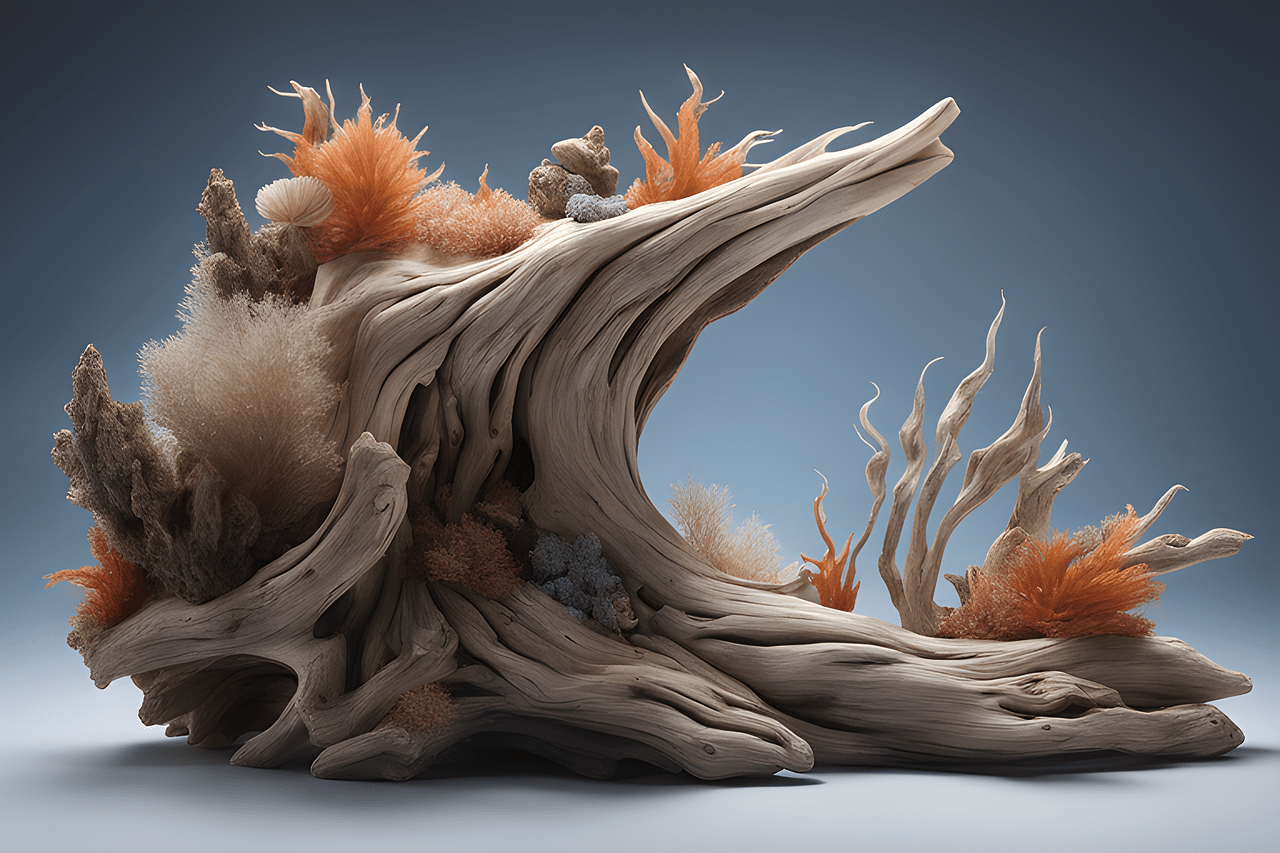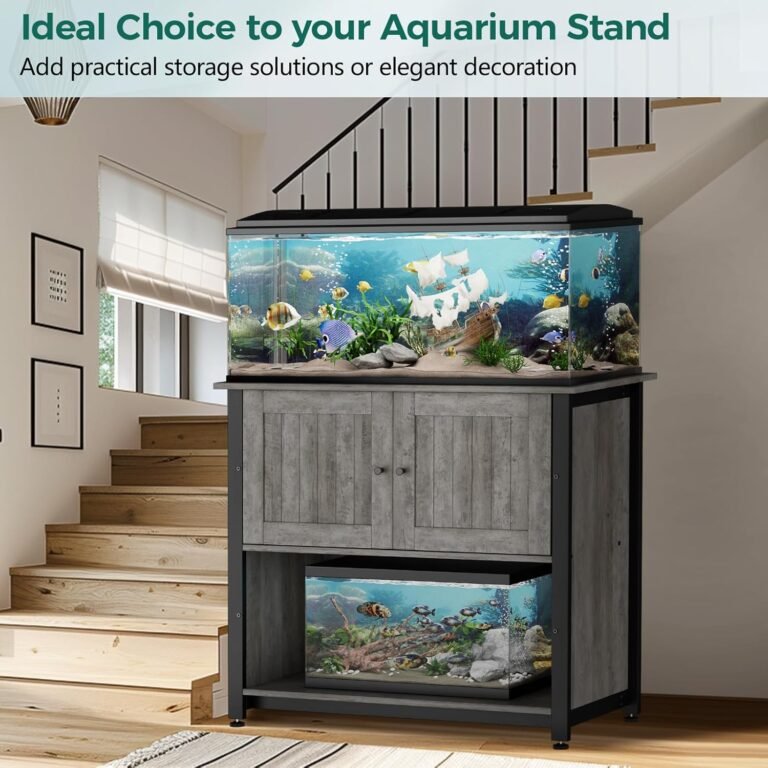Aquascaping is like creating a beautiful underwater garden in a fish tank. You can have rocks, plants, and maybe even some tiny fish to make it all come to life. For beginners, it’s important to have the right tools to start your aquascaping adventure. Essential kits often include special soil for your plants, tools to shape and arrange your underwater world, and lights to help everything grow. With the right kit, you can start designing your own magical underwater scene in no time. Have you ever wondered what lies beneath the peaceful waters of a well-maintained aquarium? Maybe you’re curious about how people create those stunning underwater landscapes you see in fish tanks. This process is known as aquascaping, and it’s like underwater gardening. Let’s dive into this fascinating topic and explore the essential kits that beginners need to start their aquascaping journey!

What Is Aquascaping?
Aquascaping is the art of arranging plants, rocks, stones, and driftwood in an aquarium. It’s like creating a beautiful underwater garden that not only looks fantastic but also provides a healthy environment for fish and other aquatic creatures. Imagine painting but with plants and stones, and instead of a canvas, you have a fish tank!
Why Is Aquascaping Popular?
Many people find aquascaping relaxing and rewarding. It’s a creative hobby that lets you personalize your aquarium while also giving your fish a wonderful habitat. Plus, it’s a great way to learn more about nature!
The Basics of Aquascaping
Before we get into the specific kits you’ll need, let’s understand some basic concepts and components involved in aquascaping.
Key Elements
- Substrates: This is what you put on the bottom of your tank. Think of it as the soil for your underwater garden. Substrates can be gravel, sand, or specialized aquarium soil.
- Plants: Like any garden, plants are essential. They provide oxygen and make the aquarium look alive. Some popular plants include Java Fern, Anubias, and Mosses.
- Hardscape Materials: These are your rocks, driftwood, and other items that make up the structure of your aquascape.
- Lighting: Proper lighting is crucial. It helps plants grow and makes the aquarium look vibrant.
- Filtration: A good filter keeps the water clean, ensuring a healthy environment for your plants and fish.
The Process
- Planning: Start with a rough sketch or mental picture of what you want your aquarium to look like.
- Substrate Layering: Add your substrate in layers to provide nutrients to your plants.
- Hardscape Placement: Arrange your rocks, stones, and driftwood to create your desired landscape.
- Planting: Place your plants in the substrate.
- Filling with Water: Slowly fill the tank with water to protect your layout.
Essential Aquascaping Kits for Beginners
When you’re starting, it can be overwhelming to know what exactly you need. Here are the basic kits and items that every beginner should consider.
Substrate Kit
The substrate is essential for plant growth and overall aesthetic. You can find substrate kits that come with a mix of gravel and aquarium soil, perfect for giving your plants a good start.
Example Kit:
| Kit Item | Description |
|---|---|
| Gravel | Provides a base layer |
| Aquarium Soil | Nutrient-rich layer to support plant growth |
| Layer Separator Mesh | Helps keep the layers distinct, preventing mixing |
Plant Kit
Plant kits are convenient as they come with an assortment of live aquatic plants. Some kits come with popular beginner plants like Java Fern, Anubias, and Moss balls.
Example Kit:
| Kit Item | Description |
|---|---|
| Java Fern | Easy to grow, low-light plant |
| Anubias | Hardy plant that resists algae |
| Moss Balls | Adds a unique touch to the tank |
Hardscape Kit
This kit includes various rocks and driftwood pieces. These items are not only decorative but also provide hiding spots for fish.
Example Kit:
| Kit Item | Description |
|---|---|
| Driftwood | Natural wood adds a rustic look |
| Lava Rocks | Porous rocks that help beneficial bacteria |
| Slate Stones | Flat stones ideal for building caves |
Lighting Kit
Lighting is very important as it helps plants grow and keeps the aquarium vibrant. Most lighting kits come with LED lights that are energy-efficient and provide the necessary light spectrum for plant growth.
Example Kit:
| Kit Item | Description |
|---|---|
| LED Light Bar | Adjustable light spectrum, promotes plant growth |
| Timer | Ensures a consistent light schedule |
| Mounting Arms | Easy installation on the tank |
Filtration Kit
A good filtration system keeps the water clean and ensures a healthy environment. Many kits also include a water pump and media for biological, mechanical, and chemical filtration.
Example Kit:
| Kit Item | Description |
|---|---|
| Sponge Filter | Mechanical and biological filtration |
| Activated Carbon | Chemical filtration, removes impurities |
| Water Pump | Ensures water circulation |
Setting Up Your Aquascaping Kit
Now that you know what kits you need, let’s talk about setting them up.
Step 1: Prepare Your Tank
Before you start adding anything, make sure your tank is clean. Rinse it with water but avoid using soap or chemicals as they can harm your fish and plants.
Step 2: Add the Substrate
Start with a base layer of gravel, then add the aquarium soil. Make sure to spread it evenly. If you have a layer separator mesh, place it between the gravel and soil.
Step 3: Arrange the Hardscape
Place your rocks and driftwood in the tank. Think of this as building the skeleton of your underwater garden. Make sure it looks natural and provides hiding places for fish.
Step 4: Plant Your Plants
Plant the taller plants at the back and the shorter ones at the front to create depth. Make sure the plant roots are well buried in the substrate.
Step 5: Install the Lighting
Mount the LED light bar on the tank and set the timer. Generally, plants need about 8-10 hours of light per day.
Step 6: Set Up the Filtration
Install the filter and water pump. Make sure the filter media like sponge and activated carbon are in place to ensure thorough cleaning.
Step 7: Fill the Tank with Water
Fill the tank slowly to avoid disturbing your hard work. You can use a plate or a plastic bag as a shield to minimize disruption.

Maintaining Your Aquascaped Aquarium
Once your aquarium is set up, you’ll need to maintain it to keep everything healthy and beautiful.
Regular Water Changes
Change about 10-20% of the water weekly. This helps remove waste and keeps the water parameters stable.
Pruning Plants
Just like a regular garden, your underwater plants may need pruning. Trim dead leaves and cut back plants that grow too fast to keep the aquarium looking neat.
Check Equipment
Regularly inspect your equipment like filters, lights, and water pumps to make sure they are working properly.
Monitor Water Parameters
Use a water testing kit to check parameters like pH, ammonia, nitrite, and nitrate levels. Make sure they are within the safe range for your plants and fish.
Conclusion
Starting your aquascaping journey is an exciting and rewarding experience. With the right essential kits and knowledge, you can create a stunning underwater world that delights both you and your aquatic friends. So, are you ready to turn your fish tank into a beautiful underwater garden?

Final Thought
Isn’t it amazing how you can create a little slice of nature right in your home? Aquascaping offers endless possibilities for creativity and learning. Next time you look at an aquarium, maybe you’ll wonder about the story behind its beautiful, serene landscape.
Feel free to dive deeper into the world of aquascaping by exploring more resources, sharing your experiences, and asking questions. Happy aquascaping!
Credible Sources
- Barr, G. (2014). The Art of Aquascaping. Aquatic Media Press.
- Amano, T. (2005). Nature Aquarium World. TFH Publications.
- Palmer, C. (2017). “Aquascaping Essentials for Beginners”. Aquatic Gardener Magazine, 45(3), 55-65.
- ADA Aquascaping Guide. (2019). Retrieved from ADA.
By following these guidelines and using the right kits, you’ll be well on your way to creating a breathtaking underwater garden. Enjoy this relaxing and rewarding hobby!




